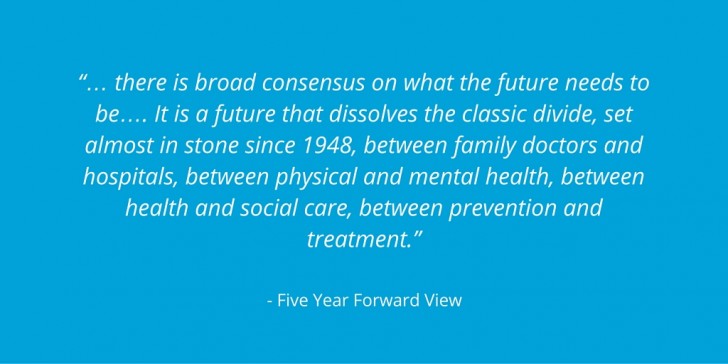Consolidating the future of the NHS
Consolidating the future of the NHS
The NHS England planning guidance was published at the end of March, and the key word in the document is…

This year’s annual NHS Planning guidance for the first time requires NHS leaders to produce two separate but connected plans: an organisational one-year operational plan for 2016/17 and a cross-organisation five-year sustainability and transformation plan (STP).
STPs signal the first time that organisations from across local health economies must come together to transform their quality of care delivery, improve health and wellbeing outcomes and, crucially, stabilise finances. Effective cross-organisation working plans are crucial because they unlock sustainability and transformation funding (totalling £2.1 billion in 16/17), with the most credible plans achieving the earliest funding. However, as the Five Year Forward Plan states, current divides in local health economies have been “set almost in stone since 1948,” and breaking down these “classic” divides to achieve effective cross-organisational working is no small ask. Nevertheless, the impact of successful partnerships across local health economies would be huge.
From my experience working with numerous public sector clients, there are three key components to building and maintaining an effective partnership, which local health economies should consider when creating their plans:
There is “broad consensus on what the future needs to be” for health, and that future involves breaking down the “classic divide” between services. A crucial first stage in this is recognising your current position – in some areas, the foundations of strong partnerships are already in place, in others, they will take time to build and cement. However, in every area creating a STP, time and effort will need to be invested in building trust and commitment, agreeing direction and creating open communication between partner organisations.